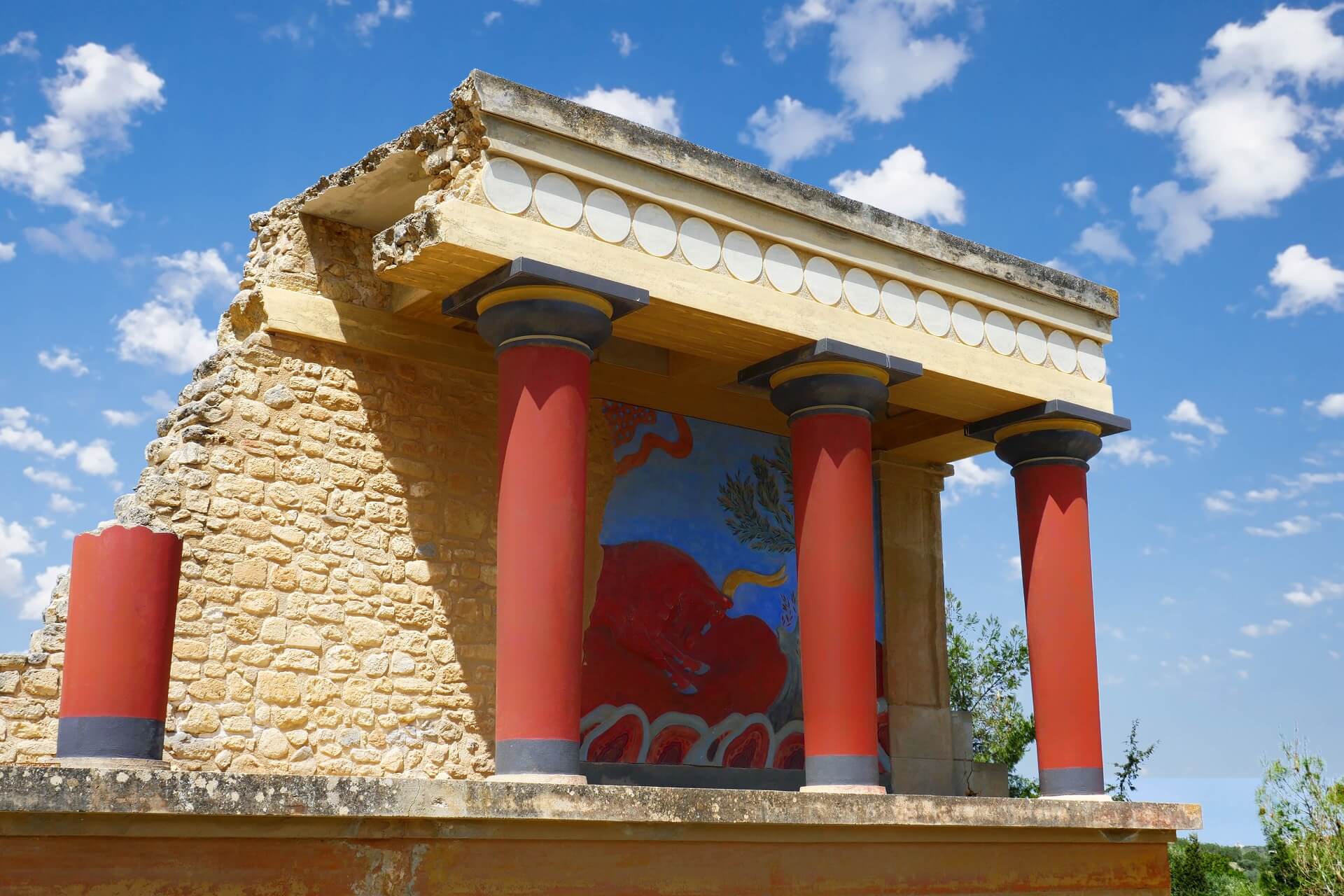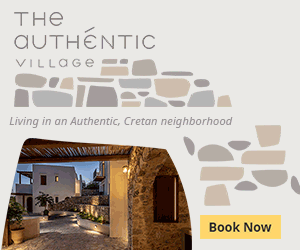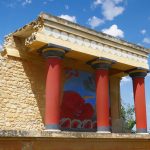
Chania
Arguably one of the more popular parts of Cretan history, Chania plays a huge role both in the past and today – it’s the second largest city, but has the most history involved in it. It’s earliest existence was built around the old Minoan settlements, becoming a prominent part of their history and their culture as a group. However, I fell into disrepair until the beginning of the Classical era in Greece, allowing for it to be restored ad repaired.
Then, the city served under early Byzantine rule after being taken and retaken over two periods of Byzantine rule, and at one stage was the seat of a bishop. Then, Chania moved into Venetian rule afterward following the fall of Byzantium. It was seen as a key commercial sector for the Venetians, which ensures that the city slowly but surely improved and grew – it was made stronger and safer from invasion, and also provided refuge for monks and priests en masse in the mid-1400s.
The city also served through the Ottoman era, after it was overrun in a 2-month siege. However, in 1821 the Greeks rose up against the Ottomans and fought back, eventually chasing them from the land and this witnessed the mass execution of the majority Muslim population within the city, before the remainders moved to Turkey in 1922.
Today, Chania is a city that has regained its power and its prominence within the area – the aftermath of the Second World War left the city dilapidated and damaged due to imprisonment of a large number of its people, but Chania slowly rebuilds itself today. it now has a new airport and various educational facilities, making it a fine place to come and visit or live in.
Rethymno
The city of Rethymnon is, without a doubt, a hugely popular and important part of the Cretan history and, to this day, still brings a huge range of tourism and attracted parties to the area. The fact that Rethymno was once big enough to mint its own cones and also to maintain a strong level of urban growth should give you an idea of just how powerful the city was. The ancient history of the Minoans alone gives this area a rich and colorful history.
The city itself, though, only really started to grow and progress as the Venetians came in and made it their own. It was made to be a commercial location between Heraklion and Chania, making it easier to transport items and goods from one city to the next. In fact, the majority of the “old town” which still stands today was formed by the Venetians.
It maintains that old-school look and appearance throughout, ensuring that the whole thing looks very 16th Century. Large stone staircases and very obvious Byzantine influences are commonplace in most buildings, giving the city a very unique look in comparison to many Modern Greek locations.
It also plays home to the massive Venetian, Fortezza, which is one of the finest castles still standing today in Crete. Today, the city itself is a massive tourist location which people love to come and visit, with many new tourist facilities being opened in the last two decades, making it an incredibly popular travel destination.
Heraklion
The stunning Heraklion area, complete with resplendent Venetian fortresses and designs, is without a doubt the most popular part of Crete. It’s both the largest city area and the largest administration area in the entire island, and also is one of the largest cities in the whole of Greece. The stunning nature of the surroundings and the awesome architecture that has been built up over the years makes Heraklion look truly outstanding.
Heraklion was first founded in 824 at the hands of the then-powerful Saracens who had claimed the land from the Roman Empire. They formed a large moat around Heraklion and kept it safe from invaders, using it as a safe haven for those of low repute such as sea pirates who were involved in conflict with the Imperials.
However, it was eventually purchased by the Republic of Venice in 1204. The city was made stronger and more fortified, and was eventually named as Candia – which it became known as for a long time. Heraklion was also viewed by many to be the birthplace of the Cretan Renaissance, which was the result for some truly stunning artwork and calligraphy.
However, a short-hand change to the Ottoman Empire in the mid-1600s led to the beginning of the Cretan War. Come the end of the war and moving forward to the late 1800s, the city was eventually taken in by the British and renamed Heraklion, the name it holds today despite being formally seen as part of modern Greece now.
Agios Nikolaos
With more than four thousand years of history in this little part of Crete, Lasithi holds a rich an enjoyable history that treads back into the Dorian era settlements of Lato and Olous. This, naturally, makes it very popular for historians and tourists to come and visit. Add in the fact that it has arguably the finest climate of the locations in Crete, and you are left with one of the most comfortably enjoyable looking parts of the island.
The likes of Vai, and the capital of Agios Nikolaos, are the main places that people will turn to for visiting and sight-seeing as well as general tourism. On top of that are the likes of tiny, ancient villages like Gournia, Zakros and Vasiliki. This makes it easy for you to see modern Cretan tourism in one place as well as the beautiful, charming nature of its more ancient residents. There is plenty to enjoy in the area, though, including a trip to the places like Myrtos and Koutsouras, which are off-beat tourism locations with a little less supervision and a little less people, making it a good place to go for some privacy and some peace.
The history of the area, then, is very much built on its rich Doric past. Whilst many of these areas no longer stand today, the likes of Lato and Itanos still stand as ruined cities that were – at one stage – considered to be prominent parts of the Dorics overall establishment.













